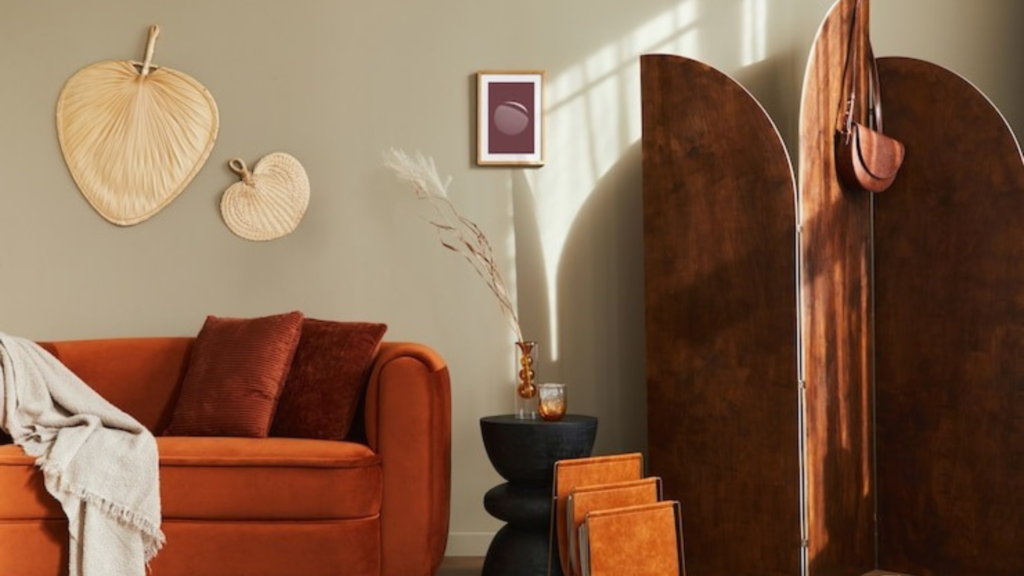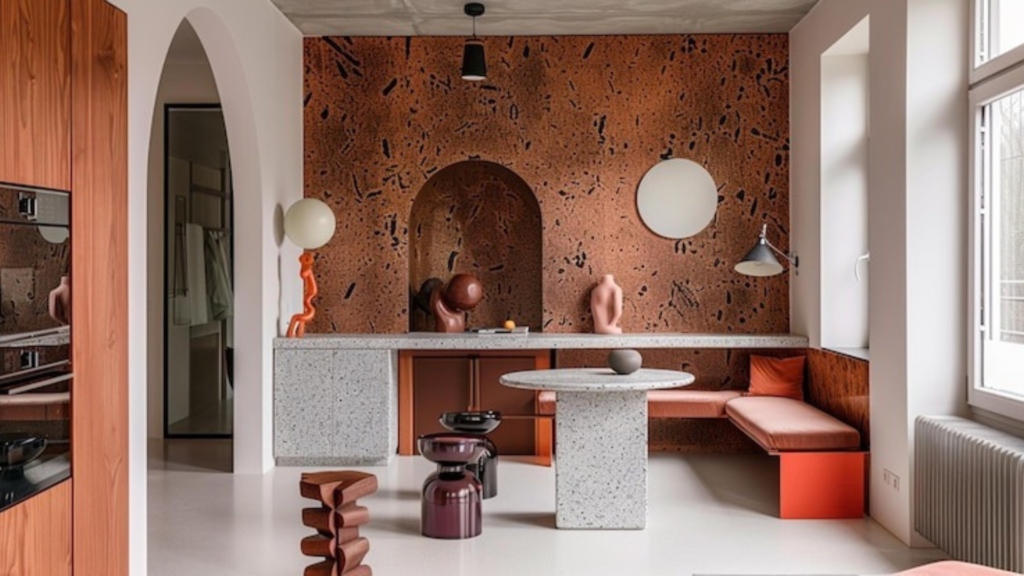Mid-Century Modern Timeless Design Ideas for Your Space
- Get link
- X
- Other Apps
Mid-century modern design (or MCM, as we call it) is more than a hobby trend: it's a timeless style that offers sophistication, utility, and a breath of nostalgia to any space. In this guidebook, we'll consider the significant aspects of this iconic design and show you how to safely integrate it into your home. Essentially, mid-century modern design emerged in the mid-20th century, roughly between the 1940s and 1960s. It was a response to a rapidly changing world, born of a post-war era that embraced innovation, functionality, and accessibility.
Designers sought to create bedrooms and furniture that were both functional and beautiful, eschewing lavish ornamentation in favor of clean lines, organic curves, and a unique balance of form and function. This movement, initially based iarchitecture, soon spread to furniture, decor, and even graphic design. With what result A style that is still as fresh and contemporary as it was decades ago. The enduring appeal of mid-century modern style lies in its ability to balance retro charm, perfect for those who appreciate timeless elegance, with a modern twist.
A palette of Peaceful Neutrals

Each piece designed to practical objects made with functionality in mind and for everyday use they not overly embellished or saved for a better occasion, as would have the case in previous decades. The most popular pieces of this design movement are chairs, sideboards, display cabinets, and desks, all functional for 1960s domestic life. Twentieth-century modern design achieves an optimal balance between muted and vibrant tones. Earthy tones such as mustard yellow, olive green, and burnt orange mix perfectly with dark and deep blues to create a warm but dynamic color palette.
While the overall aesthetic tends towards simplicity, the style embraces bold colors, particularly when combined with geometric patterns. Mid-Century and Mid-Century Modern styles are very similar, but not exactly identical. Both originated in the mid-20th century and share a timeless appeal, but have distinct traits that separate them. Mid-century style generally refers to styles from the 1930s to the 1960s. It is a temporary fusion of classical and modern influences, combining natural materials, such as wood and leather, with more contemporary industrial materials, such as metal and glass.
Characteristics of Mid Century Modern Interior Design

Mid-Century Modern Timeless: The Colors of Mid Century Modernity

Again, this reflects the development of modern home interior design and the newfound confidence in experimenting with color. Otto and Jazz White are perfect examples of Mid-Century Modern neutrals, while Horquilla Dark demonstrates that this design style can also be combined with darker colors. Established by its distinguished simplicity and unfashionable charm, this iconic design style unifies form and function in a way that remains original today.
With clean lines, organic shapes, and an emphasis on practicality whether through furniture or wallpaper mid-century modern interiors offer a perfect blend of warmth, sophistication, and everyday usability. At its core, mid-century modern design follows four key principles. One of the most identifiable aspects of A mid-century modern interior design style can be perfectly adapted to a modern home, providing a sophisticated and fresh aesthetic. Its clean lines, functional shapes, and warm materials make it a timeless choice that is both elegant and inviting.
Conclusion

Mid-century modern is one of those trends that has truly stood the test of time. With clean lines and simple shapes, the style is minimalist at its core, but it's often softened with warm wood materials and a rich color palette. For a modern take on post-war style, incorporate a few iconic furniture pieces from the era and pair them with simple geometric patterns in contemporary neutral tones to add depth and warmth. Choose one or two well-crafted pieces in classic mid-century modern woods, such as teak, walnut, or rosewood.
Mid-Century Modern Timeless. Avoid overcrowding the space: authentic MCM pieces were designed with simplicity in mind and may not accommodate modern technology or excessive wiring. Keep things functional and simple. MCM interiors effortlessly combine organic and industrial materials. Combine metal, glass, and vinyl with soft, textured elements such as boucle, leather, or other flat weaves to create a cozy and sophisticated decor. Seeking out original mid-century modern furniture from vintage and antique stores adds authenticity to your space.
- Get link
- X
- Other Apps
Comments
Post a Comment